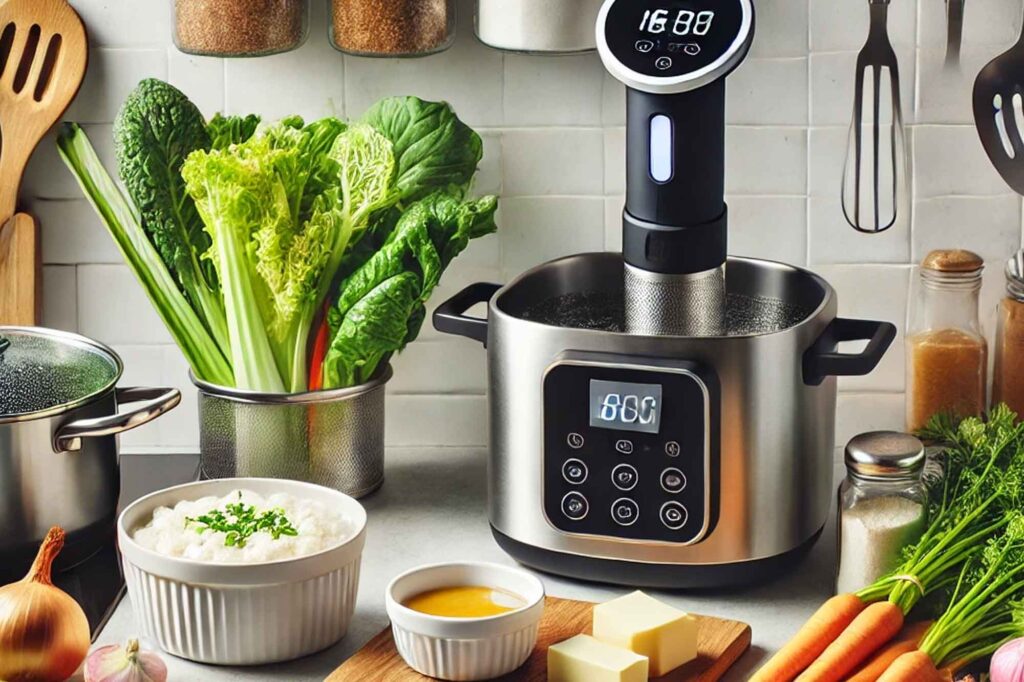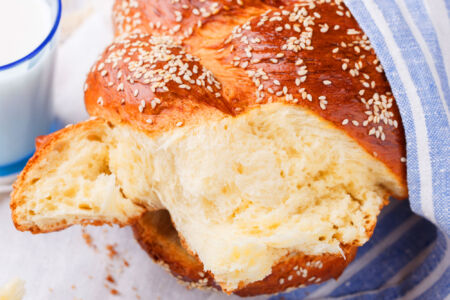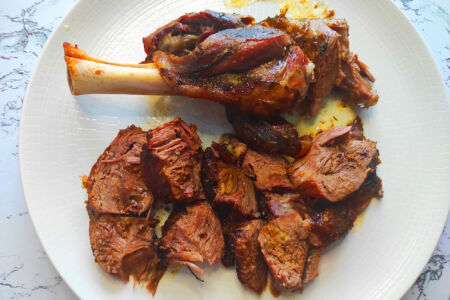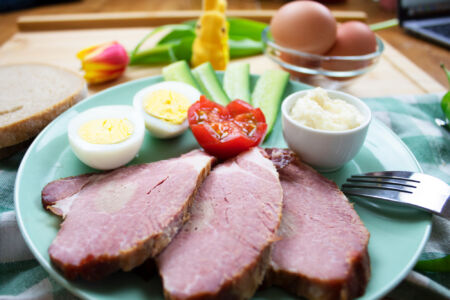From TV to Table.
Cooking shows have become a staple in many homes, bringing a variety of culinary terms into our everyday vocabulary. From “blanching” to “sous-vide,” these terms can seem daunting, but they are actually quite approachable once you understand them.
Let’s break down ten essential culinary terms that you’ve probably heard on TV but might not fully grasp.
Blanching
Blanching involves briefly boiling food—usually vegetables—and then immediately plunging them into ice water. This technique helps to preserve the color, texture, and flavor of the food.
Blanching often makes peeling easier and prepares vegetables for freezing.

Jus
Jus is a French term meaning "juice." In culinary terms, the sauce consists of the natural juices released when cooking meat, creating a rich and flavorful accompaniment.
Chefs typically reduce it to concentrate the flavors and serve it alongside the meat.
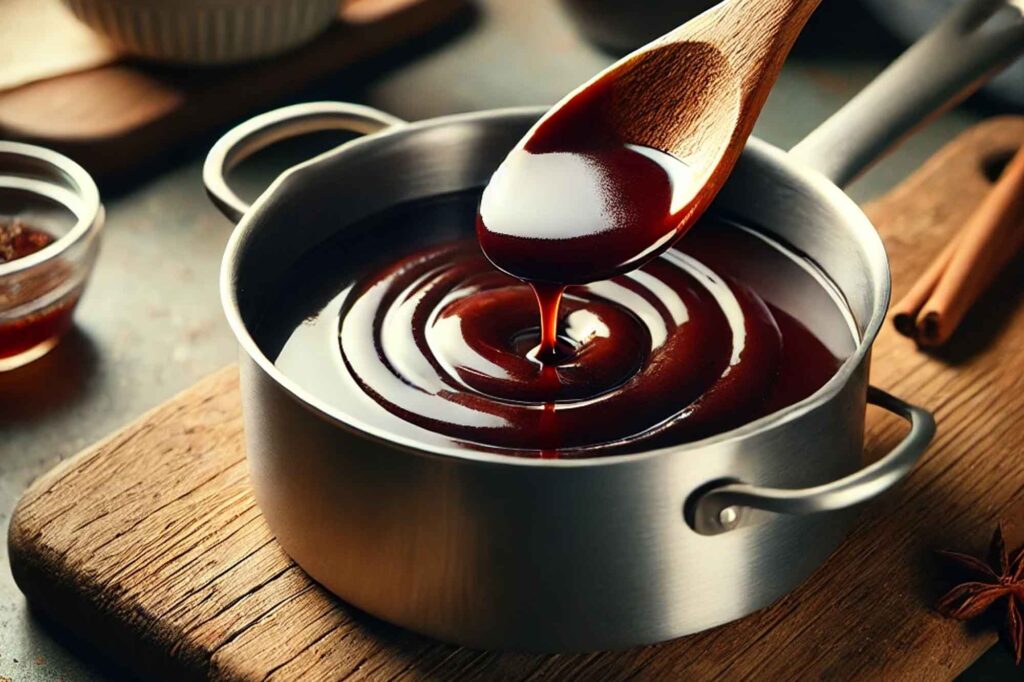
Sous-Vide
Sous-vide, meaning “under vacuum” in French, involves vacuum-sealing food in a bag and cooking it in a water bath at a precise temperature.
This technique ensures even cooking and retains the food’s natural flavors and moisture.

Mirepoix
Mirepoix is a mixture of diced onions, carrots, and celery sautéed in fat. It forms the base for many soups, stews, and sauces, providing a rich, aromatic foundation for dishes.
Reduction
Reduction refers to the process of simmering or boiling a liquid, such as a sauce or broth, to concentrate its flavors and thicken its consistency.
This is often done to enhance the taste and texture of the final dish.
Deglaze
Deglazing is the technique of adding liquid (such as wine or broth) to a pan after cooking meat to loosen and dissolve the browned bits stuck to the bottom.
These bits are packed with flavor and are used to create a sauce.
Julienne
Julienne is a method of cutting vegetables into thin, matchstick-like strips.
Chefs often use this technique for dishes where a uniform texture and appearance are important, like stir-fries or salads.
Emulsify
Emulsifying is the process of combining two ingredients that normally don’t mix, such as oil and vinegar.
This is often achieved by whisking or blending them together to create a smooth, stable mixture, such as a salad dressing.
Roux
Roux is a mixture of flour and fat, usually butter, that is cooked together to thicken sauces, soups, and stews.
It’s an essential component in many classic dishes and provides a rich, velvety texture.
Brunoise
Brunoise is a precise cutting technique where vegetables are diced into very small, uniform cubes. This method is often used in gourmet cooking for its consistency and elegant presentation.
By familiarizing yourself with these terms, you can elevate your cooking skills and impress your friends and family. Each term represents a technique or ingredient that enhances the flavor, texture, and presentation of your dishes.
So the next time you tune into a cooking show, you’ll not only enjoy the recipes but also understand the techniques behind them.
Happy cooking!

